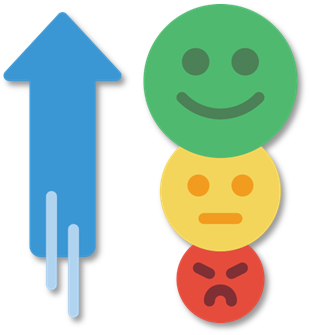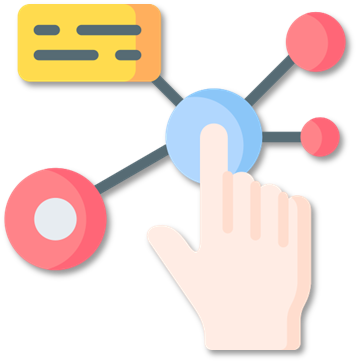Step 2: Functions
| Topic | Question | Answer |
Overall objective | What is the overall objective of the human-AI system? How do human and AI collaborate and support each other (interdependence)? | The system acts as a social companion. It is designed to give a patient social stimuli. It's designed to make the patient feel like they are taking care of their companion. Another objective is to provide company to the PwD. The AI will sometimes initiate interaction with the patient, but the patient can also initiate the interaction with the system. The patient provides tactile or voice input and the system reacts to this with audio output or by movement. |
Functions
| What are the functions of the AI system (s)? What does it actually do? What are its inputs, and what are its outputs? | The functions we define are: 1) Following basic commands (Sit, Come, Stay, Lay Down) 2) Doing a dance 3) Follow the patient when they walk 4) Go for a walk (react to leash) 5) Go to sleep 6) Being pet Inputs of the system are: - Voice commands, Forces acting on leash, Visual inputs (recognizing object as person) and Tactile forces Outputs of the system are: - Action reinforcement with audio, Movement of the robot
|
Interaction | How do you expect the human to interact with these AI functions? Does the human provide any input? (just a (high-level) description of interaction(s) is fine, e.g. “Actor A provides feedback in the form of tags”) | The human provides the following input to these interactions: 1) Voice input, saying the command 2) No input, Miro will do a little dance at random moments. Preferably a few minutes after the human has interacted with it. Miro can also do a dance after it has been pet 3) Miro might follow the patient at random or after the command come has been given. 4) Human input from the leash 5) No input, at random moments Miro will take some distance/go to a home point and sleep 6) Miro will respond to Tactile input from any human |



